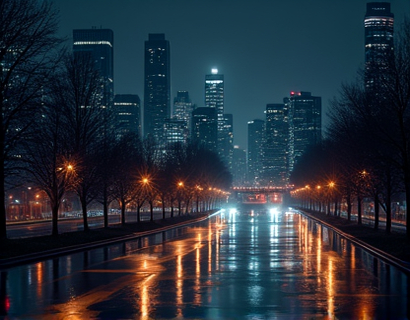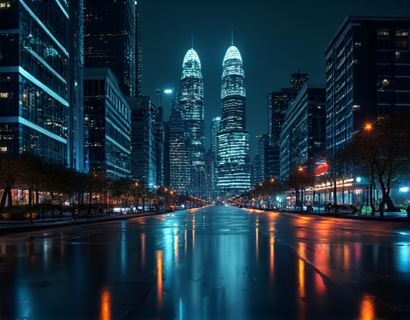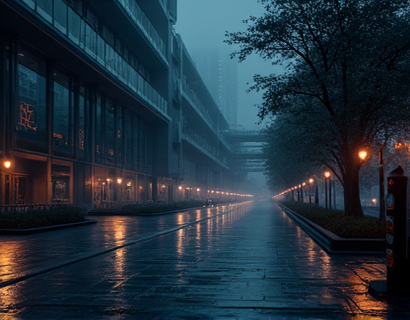Exploring the Ancient Indus Valley: A Comprehensive Guide to Cultural Heritage, Historical Sites, and Travel Essentials
The Indus Valley, a cradle of one of the world's oldest civilizations, beckons history enthusiasts and travel lovers alike with its rich tapestry of cultural heritage and historical landmarks. Spanning across present-day Pakistan and northwestern India, this ancient region offers a unique glimpse into the lives of people who thrived over 4,000 years ago. This guide delves deep into the essence of the Indus Valley, providing insights into its cultural heritage, must-visit historical sites, and practical travel tips to ensure a memorable journey through this timeless land.
Understanding the Cultural Heritage of the Indus Valley
The Indus Valley Civilization, also known as the Harappan Civilization, is renowned for its advanced urban planning, sophisticated water management systems, and intricate craftsmanship. One of the most significant aspects of this civilization is its writing system, which remains undeciphered, adding an air of mystery to its history. The culture was deeply influenced by the Indus River, which provided the necessary resources for agriculture, trade, and daily life. The people of the Indus Valley were skilled in various crafts, including pottery, metalwork, and jewelry making, leaving behind a rich legacy of artifacts.
Religion played a crucial role in the daily lives of the Indus Valley people. Evidence suggests a form of worship centered around a female deity, often referred to as the Mother Goddess, symbolizing fertility and prosperity. Temples and altars have been discovered, indicating a structured religious practice. The civilization also placed importance on cleanliness and hygiene, as evidenced by the advanced drainage and bathing systems in their cities.
Key Historical Sites to Visit
Visiting the historical sites of the Indus Valley is akin to stepping back in time. Among the most significant sites is Mohenjo-Daro, located in the Sindh province of Pakistan. This UNESCO World Heritage Site was one of the largest urban centers of the Indus Valley Civilization. The city is divided into two main areas: the Citadel and the Lower Town. The Citadel features the Great Bath, a remarkable structure believed to have been used for ritual purification. The sophisticated drainage system and well-planned streets of Mohenjo-Daro highlight the advanced engineering skills of its inhabitants.
Another must-visit site is Harappa, also in Pakistan, which is nearly as large as Mohenjo-Daro and equally impressive. The site offers a comprehensive museum that houses a vast collection of artifacts, including seals, pottery, and jewelry. The Granary, a large storage building, and the Bath Complex are notable structures here. The city's layout and planning provide valuable insights into the social and economic organization of the Indus Valley people.
In India, the site of Dholavira in Gujarat is a gem for those interested in the Indus Valley Civilization. This site is known for its well-preserved structures and unique water management system. The multi-level city features a sophisticated drainage system and a large reservoir for water storage. The Pillared Hall, with its intricate stone pillars, is a testament to the architectural prowess of the time.
Exploring the Urban and Rural Landscapes
Beyond the major cities, the Indus Valley region offers a glimpse into the rural life of its ancient inhabitants. Smaller settlements like Chanhu-daro and Lothal provide a more intimate look at daily life. Chanhu-daro, located in Sindh, Pakistan, is known for its well-preserved residential areas and craft workshops. The site offers a serene atmosphere, allowing visitors to imagine the bustling activity of a thriving community.
Lothal, another significant site in Gujarat, India, is famous for its dockyard, one of the earliest known in the world. This ancient port city highlights the Indus Valley Civilization's advanced maritime capabilities and trade networks. The site also features a well-planned urban layout, including a citadel and a lower town, showcasing the civilization's urban planning skills.
Practical Travel Tips for Visiting the Indus Valley
Planning a trip to the Indus Valley requires some preparation to ensure a smooth and enriching experience. Here are some essential tips to consider:
- Best Time to Visit: The optimal time to visit the Indus Valley sites is from October to March, when the weather is pleasant and cooler. Summers can be extremely hot, making outdoor exploration challenging.
- Dress Code: Dress modestly, especially when visiting religious sites. Lightweight, breathable clothing is recommended for hot months, while layers are essential for cooler evenings.
- Guided Tours: Consider joining a guided tour to gain deeper insights into the history and significance of the sites. Local guides can provide valuable context and answer questions.
- Photography: While photography is generally allowed, always ask permission before taking pictures of people or sensitive areas. Bring a good camera with a wide-angle lens to capture the expansive landscapes and detailed structures.
- Hydration and Sun Protection: Carry plenty of water and use sunscreen to protect yourself from the sun. Stay hydrated and take breaks in shaded areas to avoid heat exhaustion.
- Respect Local Customs: The Indus Valley region is home to diverse communities. Be respectful of local customs and traditions, especially when visiting religious sites.
For accommodations, a mix of luxury hotels and budget-friendly options are available in major cities like Lahore, Karachi, and Ahmedabad. Staying in local guesthouses or homestays can also provide a more authentic experience and support local economies.
Cultural Experiences Beyond Historical Sites
While historical sites are the main attraction, the Indus Valley region offers a rich cultural tapestry that extends beyond ancient ruins. Visitors can immerse themselves in the local cuisine, which features a blend of Punjabi, Sindhi, and Gujarati flavors. Must-try dishes include biryani, kebabs, and various vegetarian options like dal and roti.
Traditional crafts and arts are still practiced in the region, offering a living connection to the past. Visit local markets to see artisans at work, creating intricate pottery, textiles, and metalwork. The city of Jamshoro in Pakistan is particularly known for its pottery, while Ahmedabad in India is famous for its vibrant textiles.
Music and dance are integral parts of the local culture. Attending a traditional performance of classical music or folk dance can be a memorable experience. The classical music of the region, including Qawwali and Sufi music, is particularly captivating.
Environmental Considerations and Conservation Efforts
The Indus Valley region faces environmental challenges, including pollution, urbanization, and climate change, which threaten the preservation of its historical sites. Efforts are being made by local and international organizations to conserve these treasures for future generations. Visitors can contribute by following eco-friendly practices, such as reducing plastic use, respecting designated areas, and supporting conservation projects.
Many sites have implemented measures to minimize environmental impact, such as waste management systems and restricted access to sensitive areas. By being mindful of these efforts, tourists can play a role in preserving the Indus Valley's cultural and natural heritage.
Conclusion
The Indus Valley Civilization offers a fascinating journey into the past, revealing a sophisticated and advanced society that thrived over 4,000 years ago. From the grand cities of Mohenjo-Daro and Harappa to the smaller settlements that dot the landscape, each site tells a story of human ingenuity and cultural richness. By combining historical exploration with cultural immersion and practical travel tips, visitors can fully appreciate the enduring legacy of the Indus Valley. Whether you are a history buff or a curious traveler, this ancient region promises an unforgettable experience.










































